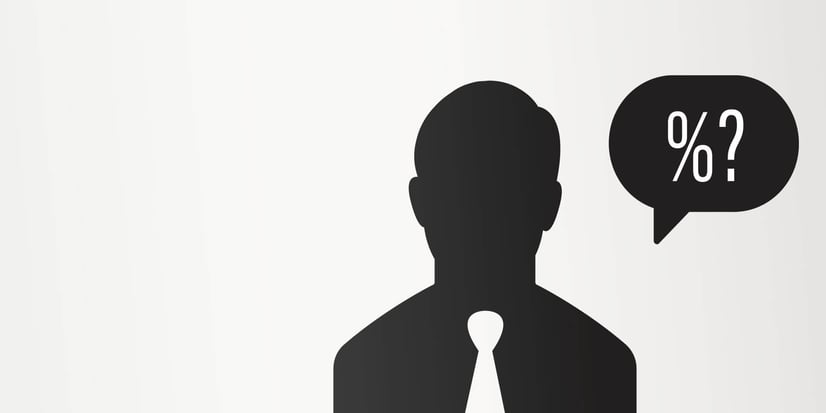
Discounts, discounts everywhere. Is there any time in the retail year when there is no 'Sale', when retailers won’t find a special reason to give discounts? Discounts for end-of-season sale, discounts for any kind of anniversary, discounts on volume (even just Buy 3, Pay 2), discounts on special weekdays - and so on.
Two examples of the retail market working without discounts.
The first example is Formula One merchandise. Try to get an actual team base cap or polo shirt with a discount! That would be very difficult, because the market is kind of 'regulated' by the F1 organization. So why do some vendors sell more of the same merchandise than others? The reasons could be many. A good location. A sales staff that makes the difference. Having enough of the different merchandise items on hand also helps, as customers would always get the right base cap or polo shirt of the team and driver in his size. The second example refers to a regulation, but of a different kind. Until mid-2001 there was a law in Germany dictating that retailers could only give up to 3% discount. With that limit in place, most of the retailers did not give any discounts at all. The reason for the law was to protect customers from so-called 'moon prices'. 'Moon prices' are base prices that are set very high, so that the retailer can afford giving huge discounts without losing any margin. 'Moon prices' are common practice in retail. Furniture retailers, for example, justify them as “suggested retail prices” coming from the vendor or manufacturer.
How did German retailers compete without discounts?
The answer is that the market conditions were the same for all retailers. What made the difference – and ended up being the secret to a retailer’s success or failure – were product selection and quality, product availability, location and staff. The same rules do still apply. Today retailers have one extra weapon in their arsenal: technology, in the form, for example, of electronic loyalty systems. Let’s look at what retailers can do to attract more customers without discounting:- Retailers can differentiate themselves by marketing similar or even identical products under different brand names. This way it will also be harder for customers to do price comparisons.
- Item availability – stocking the right items at the right location at the right time – is key to giving customers a good shopping experience, which they will want to repeat.
- A wide product range can attract customers and encourage them to spend more money. For example, some furniture retailers stock a large variety of non-furniture products like kitchen stuff, home decoration etc, as these items can constitute up to 25% of their sales.
- Some larger stores offer restaurants. The largest furniture retailer in the world welcomes over 600 million guests in its restaurants every year, according to a recent ABC news report. If you are interested in knowing how a food service can improve foot traffic in your store, take a look at our
- Location is key, and can have a big impact on sales price level. A customer might, in fact, be willing to pay more for the same products at a prime location than in a store in the outskirts of the city. Central stores might think about offering parking ticket vouchers to loyal customers to cover part of parking costs and encourage more frequent visits.
- Staff that is highly motivated, has the necessary product knowledge and the right sales tools makes a big difference.
- To increase the chances that happy customers come back for additional shopping, retailers should consider offering a well-designed customer loyalty system.